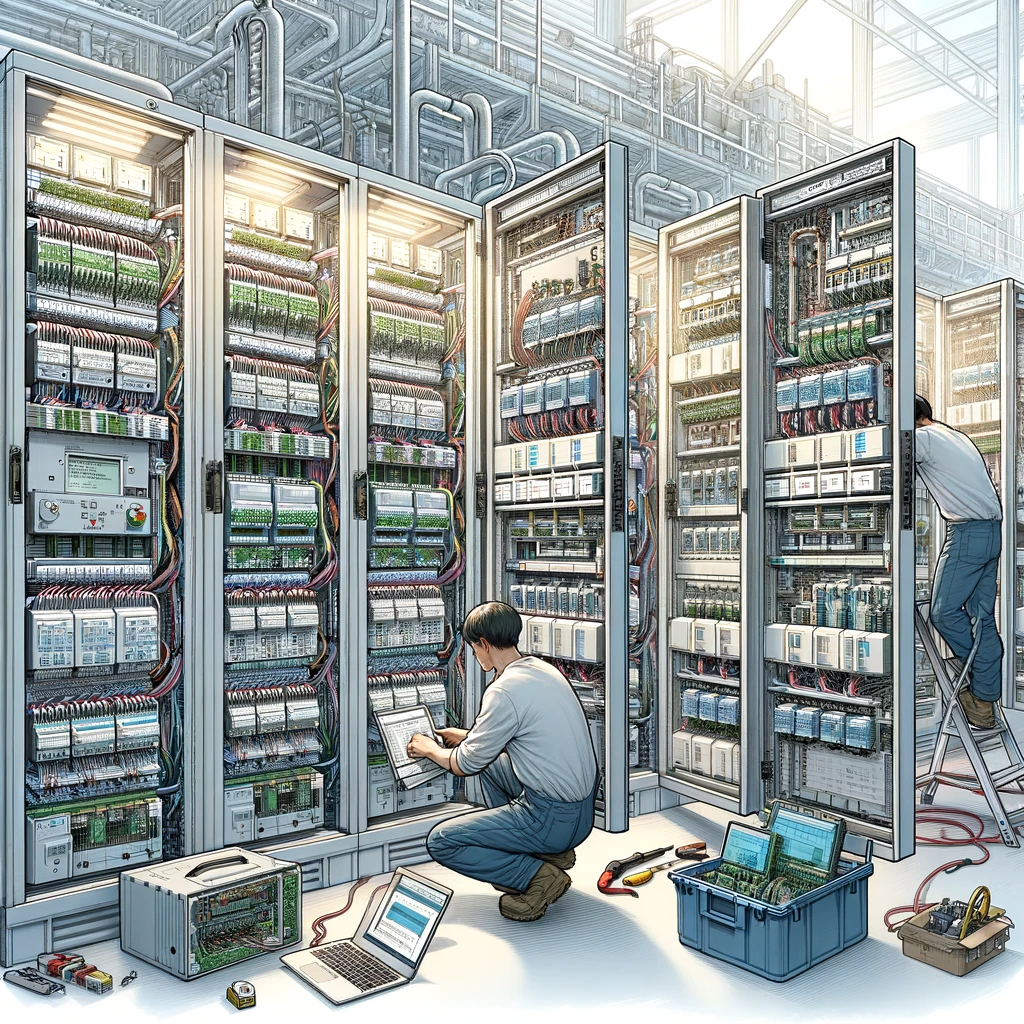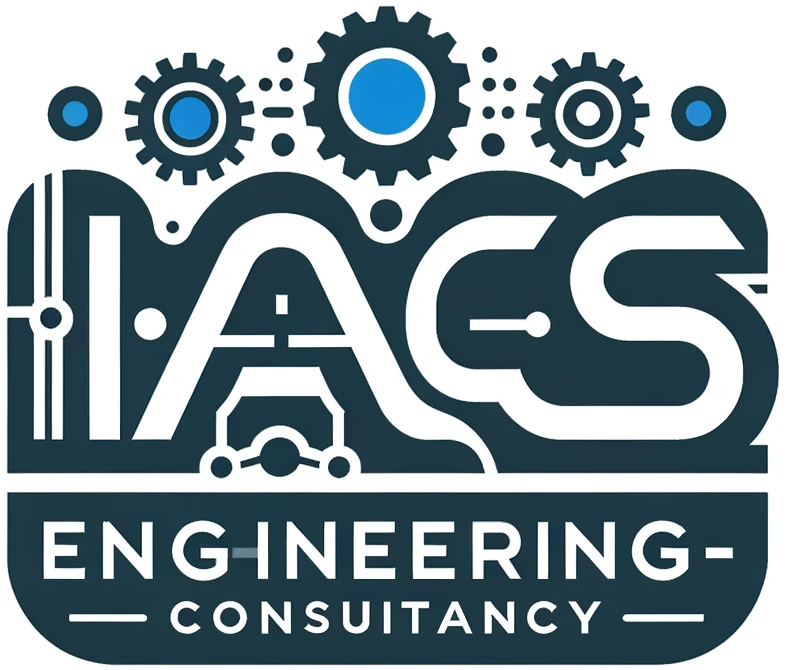Programmable Logic Controllers (PLC) and Programmable Automation Controllers (PAC) are foundational elements in industrial automation and control systems, playing a pivotal role in enhancing operational efficiency, safety, and reliability. These devices are designed to provide robust control capabilities and are utilized across a wide spectrum of industries for process control, machine automation, and in applications requiring high reliability and precision.
Evaluating PLC and PAC Systems: Key Criteria
To select the most appropriate PLC or PAC system for a specific project or operational environment, consider evaluating them against the following criteria:
- Scalability: The ability of the system to accommodate growth, including adding more inputs/outputs (I/Os), functionality, or enhancing performance without significant redesign.
- Interoperability: Compatibility with various hardware and software platforms, including sensors, actuators, and other control devices, as well as communication protocols.
- Real-time Performance: The system’s capability to execute control tasks and respond to inputs promptly, ensuring timely process control and decision-making.
- Ease of Use: The user-friendliness of the system, considering aspects such as programming, configuration, maintenance, and troubleshooting.
- Security: Built-in features to safeguard against unauthorized access, cyber threats, and ensuring data integrity.
- Cost: The total cost of ownership, including the initial purchase, programming, maintenance, and potential expansion costs.
- Customization and Flexibility: The system’s adaptability to meet specific control needs, including custom programming and modular architecture.
- Support and Training: The availability and quality of technical support, documentation, and training from the vendor to facilitate effective use and maintenance of the system.
- Integration with Enterprise Systems: Ability to integrate with business management systems like ERP, MES, and others for comprehensive process management.
- Redundancy and Reliability: Features that ensure continuous operation and data integrity in the event of component failures or disruptions.
- Long-term Viability: Vendor stability, market presence, and the system’s adaptability to future technologies and standards.
PLC/PAC and Industry 4.0 Compatibility.
For compatibility with Industry 4.0 principles, additional considerations include:
- IIoT Integration: Support for the Industrial Internet of Things, facilitating connectivity and data exchange with a broad range of devices and platforms.
- Advanced Analytics and AI: Features enabling predictive analytics, machine learning, and artificial intelligence to enhance process optimization and maintenance strategies.
- Digital Twin Technology: Capabilities to support the creation and management of digital twins for virtual simulation, analysis, and optimization of physical systems.
- Cyber-Physical System Integration: Efficient integration of physical processes with digital control systems for enhanced operational insight and control.
- Cloud Connectivity and Services: Options for leveraging cloud-based platforms for data management, analytics, and remote monitoring, contributing to improved scalability and flexibility.
PLC and PAC Solutions in Industry.
Leading vendors like Rockwell Automation Inc., Schneider Electric SE, Siemens AG, and others offer a range of PLC and PAC solutions tailored to various industrial automation requirements. These solutions encompass design, programming, integration, and deployment, ensuring that control systems are optimized for reliability, efficiency, and adaptability to future needs.
Choosing the right PLC or PAC system involves a comprehensive evaluation of these criteria to ensure the solution aligns with the specific requirements of the application, industry standards, and future technological trends. With expert guidance and support, businesses can implement PLC and PAC systems that drive operational excellence and contribute to the realization of Industry 4.0 objectives. Contact us Today for any help.

